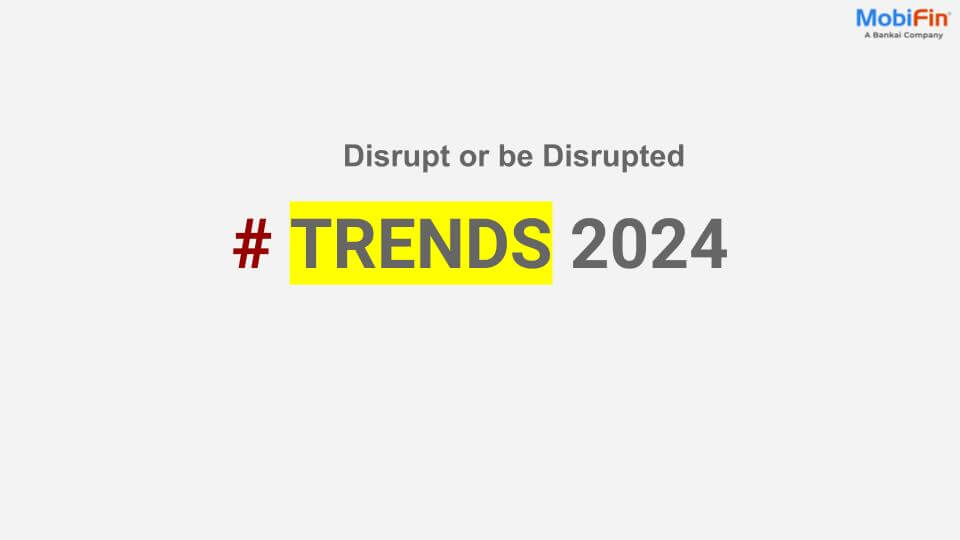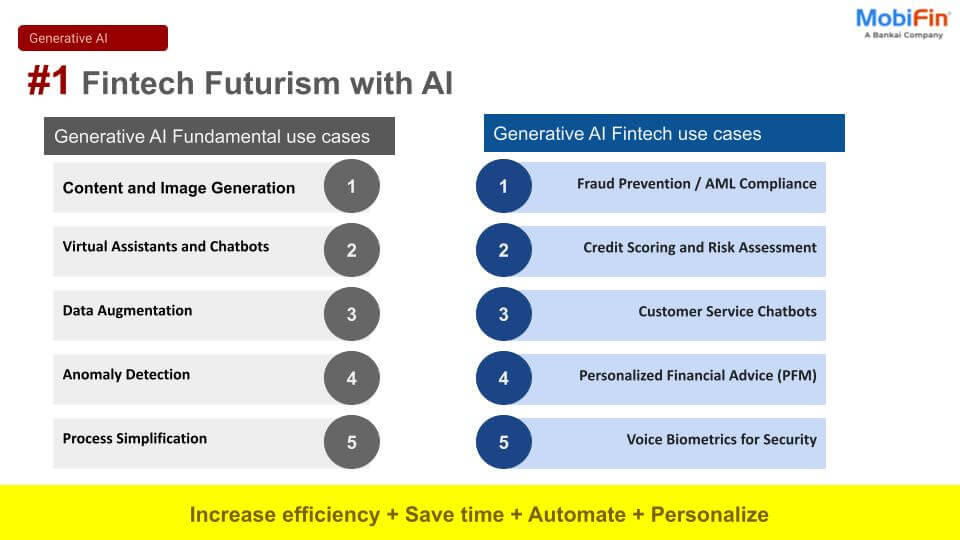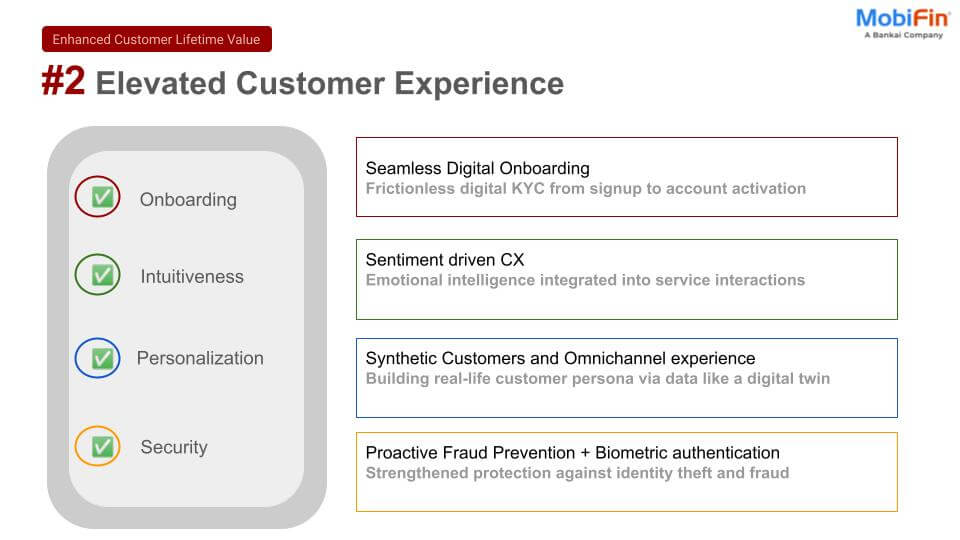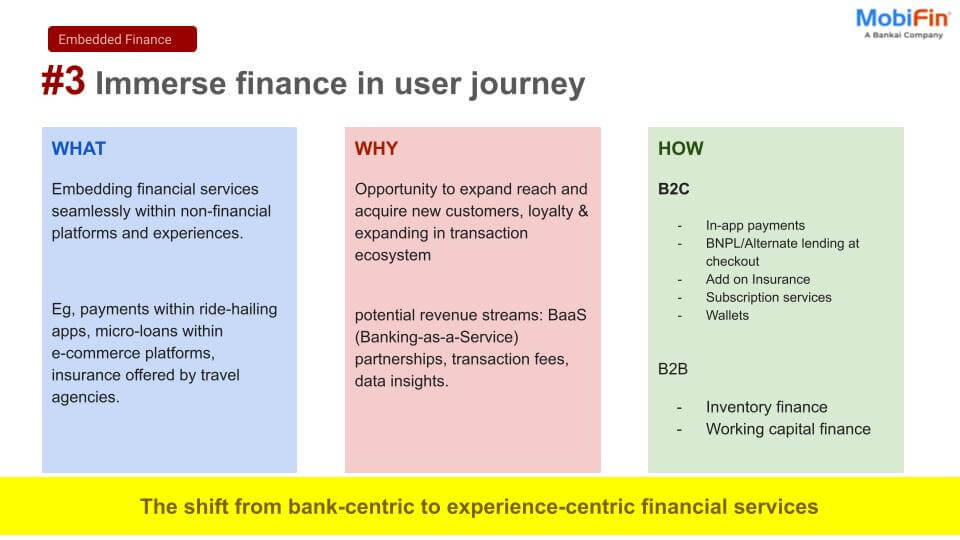Agency Banking Needs a New Mindset
The numbers are compelling: In Tanzania alone, agency banking witnessed remarkable growth with net cash deposits hitting TZS 14.4 trillion in the first quarter of 2024, up significantly from TZS 9.1 trillion in the same period the previous year. Similarly, Rwanda’s banking sector reported substantial gains in digital financial services, driven prominently by agency banking.
In Kenya, enhancements to the Central Bank’s agent banking framework have significantly expanded financial access in underserved regions. Nigeria’s United Bank for Africa, emphasizing agency banking, outlined strategic expansions aimed explicitly at bolstering financial inclusion nationwide.
Yet scaling this model efficiently demands more than volume—it demands flexibility.
Enter composable banking architecture: an approach that empowers banks with the freedom to choose, assemble, and evolve best-in-class components as needed.
Rather than being locked into monolithic systems, composable banking gives financial institutions the agility to customize and adapt agency banking ecosystems at scale.
The Challenge: Growth Without Choice
As agency networks grow, banks face friction that slows their ability to scale profitably:
- Siloed onboarding and KYC workflows limit agent rollout
- Static agent management platforms can’t accommodate performance variations
- Inflexible float provisioning causes costly service disruptions
- Rigid integrations delay product launches and increase reconciliation overhead
The underlying problem? Systems built without flexibility in mind.
Composable banking solves this by turning banking architecture into a menu of plug-and-play capabilities, where banks can choose only what they need, when they need it.
It eliminates the need for costly system-wide overhauls, allowing banks to evolve specific modules independently.
This strategic flexibility reduces both time-to-market and total cost of ownership, enabling banks to respond to market shifts and operational challenges without technical debt. Ultimately, the power to choose fosters both resilience and innovation.
Composable Building Block #1: Flexible Agent Lifecycle Management
Composable agent lifecycle systems decouple agent management from core infrastructure, enabling banks to:
- Deploy digital and biometric KYC workflows by geography or agent type
- Set performance-based tiering, limits, and incentives
- Monitor agent activity using customizable dashboards and geo-data
Why it matters:
- Adapts quickly to changing compliance mandates
- Reduces onboarding times across varied operational contexts
- Enhances agent retention through flexible incentive design
This component becomes the bank’s lens into agent behavior and a lever for operational agility. It equips institutions with the tools to continuously refine and scale agent operations based on performance, geography, and risk profile.
As compliance landscapes evolve, modular updates can be deployed without disrupting broader workflows.
Moreover, rich data captured at each step of the lifecycle creates opportunities for predictive analytics and proactive agent engagement. Banks gain not only control, but strategic foresight into the pulse of their distributed networks.
Composable Building Block #2: Adaptive Liquidity Management Engine
Float availability is often the breaking point of agent operations. A composable liquidity engine empowers banks to:
- Set dynamic float thresholds across agent tiers
- Predict liquidity shortfalls using local transaction history
- Integrate third-party digital wallets or microfinance partners for float top-ups
Why it matters:
- Increases uptime across agent networks
- Optimizes float provisioning to reduce idle capital
- Grants banks the ability to expand without bottlenecks
With this approach, liquidity management is tailored to each agent’s needs, not constrained by a one-size-fits-all system. Banks can balance capital efficiency with service continuity, ensuring agents are always equipped to transact.
Real-time visibility into liquidity status empowers institutions to act before service disruptions occur.
Integration with external float sources further decentralizes risk and enhances resilience. Over time, these capabilities translate into higher transaction volumes and improved customer trust.
Composable Building Block #3: Scaling and Integration on Your Terms
Traditional system architectures often lock banks into one integration path. With composable banking, banks can scale automatically based on core load capacity.
Why it matters:
- Speeds up time to market for agent-based services like loans or collections
- Supports co-innovation with ecosystem partners
- Future-proofs investments against tech stack overhauls
Composable integration frees banks from the constraints of legacy pipelines and opens them to innovation. It allows institutions to innovate incrementally without jeopardizing system stability.
Ecosystem partners can be onboarded through clean, standard APIs, accelerating co-branded offerings and market responsiveness. This technical agility becomes a competitive advantage in fast-moving digital ecosystems.
Real ROI: Flexibility That Compounds
In a composable model, ROI is driven by choice:
- Choose faster: Launch pilot programs without waiting for stack-wide upgrades
- Choose smarter: Customize agent services for rural, urban, or regional models
- Choose partners: Integrate with telcos, wallet providers, or community banks at will
Here is drill-down for each of the above:
Choose faster: Launch pilot programs without waiting for stack-wide upgrades.
Use Case 1: Rapid Agent Loan Disbursement Pilot
A bank wants to test instant micro-loan disbursement through agents in a specific rural district. Using composable APIs for loan origination and agent KYC, the bank can:
- Launch a standalone loan service module
- Use pre-integrated agent onboarding and scoring engines
- Avoid modifying or upgrading the central core banking platform
Use Case 2: Limited-Term Savings Product
To respond to seasonal farming cycles, a bank deploys a time-boxed savings plan for agri-workers via agents.
- The savings plan is configured using a sandboxed product engine
- Agents are enabled via pre-existing KYC and transaction rails
- No changes to the overarching product catalog or risk systems
Use Case 3: Regulatory Sandbox Participation
A bank participates in a central bank sandbox to pilot gender-targeted financial products.
- Uses an isolated composable module with embedded analytics for gender-disaggregated insights
- Routes limited traffic to this module while the core stack remains untouched
- Collects live data for reporting to regulators without stack-wide compliance checks
Choose smarter: Customize agent services for rural, urban, or regional models
Use Case 1: Tiered Agent Interfaces
Urban agents operate Android POS systems with full dashboards, while rural agents use USSD-based terminals.
- UI/UX components are decoupled and dynamically served based on geography
- KYC workflows differ—biometric in rural areas, document upload in urban settings
Use Case 2: Contextual Float Management
Urban agents get real-time float top-ups from digital wallets, rural agents are linked with microfinance partners.
- Liquidity thresholds are defined based on transaction volumes by region
- Alerts and reconciliation flows vary by agent tier and geography
Use Case 3: Regional Incentive Schemes
Banks configure incentives differently:
- Urban: Incentives based on customer acquisition
- Rural: Incentives based on transaction reliability and uptime
- Rules engine configures these without redeploying the agent management platform
Choose partners: Integrate with telcos, wallet providers, or community banks at will
Use Case 1: Telco Wallet Interoperability
A telco-based wallet is integrated to allow direct agent top-ups using mobile balance.
- Integration is done using open APIs from the telco
- No need to build custom flows into the CBS
- Agents seamlessly move funds across wallet and banking layers
Use Case 2: Community Bank Cash-In/Cash-Out Collaboration
A commercial bank partners with a local community bank to extend its agent network.
- Shared agent IDs, tiered permissions, and float limits are configured in real time
- Settlement happens asynchronously with both banks maintaining visibility
Use Case 3: NGO-Driven Government Disbursements
A non-profit or government body funds conditional cash transfers (CCTs) via agents.
- The NGO’s identity and compliance systems are integrated modularly
- Beneficiary onboarding, payment triggers, and reporting are fully API-driven
- Enables temporary but secure programmatic integration without disrupting the bank’s architecture
Such flexibility accelerates service rollout, reduces operational drag, and increases value capture per agent. It empowers business units to experiment and adapt offerings based on local realities, without waiting on centralized IT overhauls. Partnerships become easier to implement, allowing banks to create joint ventures and new revenue models with minimal integration friction.
Over time, this ability to configure and reconfigure leads to compounding operational efficiencies and revenue growth. Composability turns architecture into a lever for scale, differentiation, and profitability.
Conclusion: Flexibility Is the Foundation for Growth
Agency banking is no longer just about reach—it’s about relevance, responsiveness, and resilience. Composable banking provides the architectural flexibility to tailor services to evolving customer needs, market dynamics, and regulatory landscapes.
By modernizing core banking systems to interoperate with modular components, banks future-proof their agency networks while unlocking growth across digital banking, partner ecosystems, and digital wallet services.
In the composable future, success will belong to banks that don’t just scale, but also adapt. And in doing so, they build more profitable, resilient, and inclusive agency banking models.
Connect with our experts to discover how composable banking can help you roll out new services faster, tailor agent models to diverse regions, and integrate effortlessly with the right partners. With the flexibility to respond to market shifts without costly system overhauls, and the infrastructure to scale resiliently, you’ll be equipped to lead your agency network into an accelerated phase of profitable growth.













